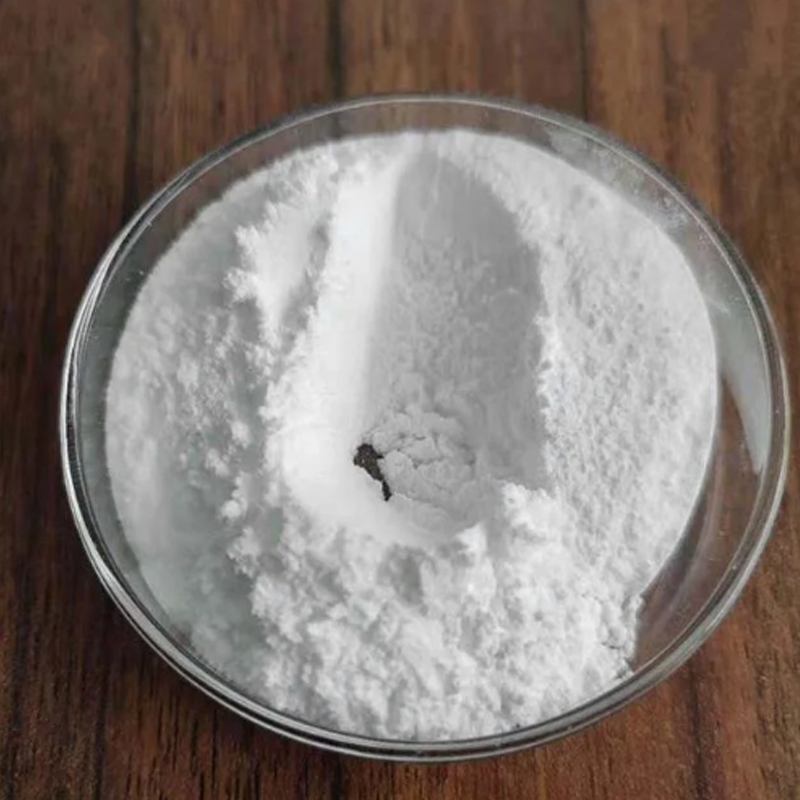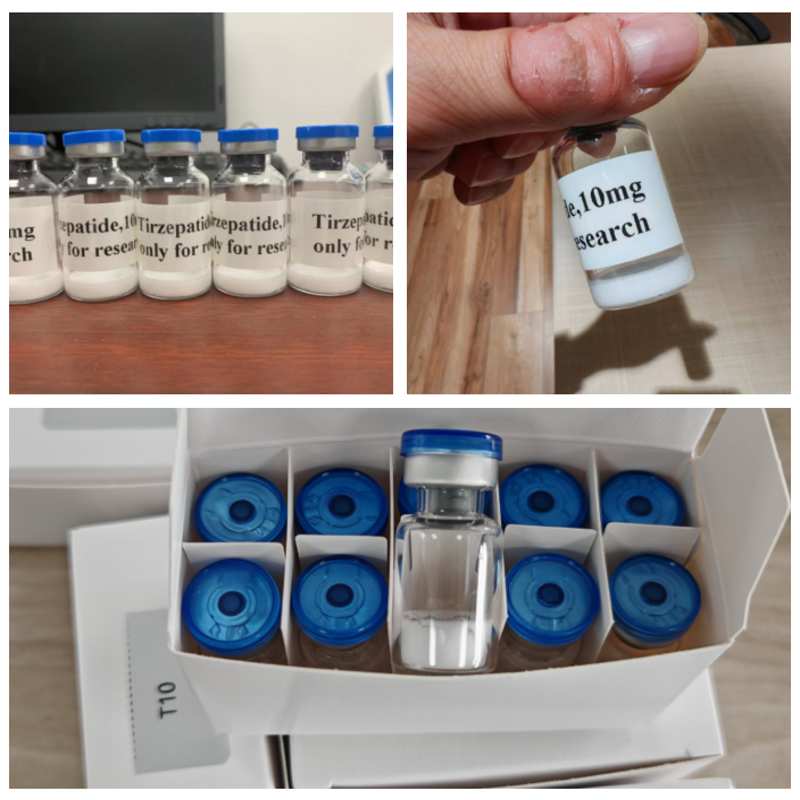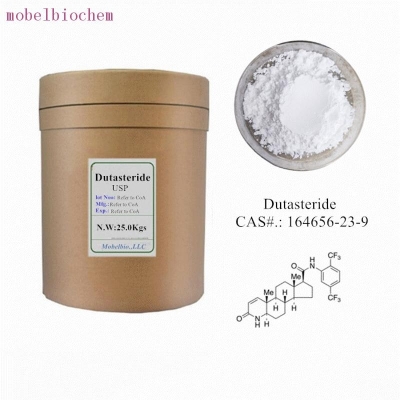-
Categories
-
Pharmaceutical Intermediates
-
Active Pharmaceutical Ingredients
-
Food Additives
- Industrial Coatings
- Agrochemicals
- Dyes and Pigments
- Surfactant
- Flavors and Fragrances
- Chemical Reagents
- Catalyst and Auxiliary
- Natural Products
- Inorganic Chemistry
-
Organic Chemistry
-
Biochemical Engineering
- Analytical Chemistry
-
Cosmetic Ingredient
- Water Treatment Chemical
-
Pharmaceutical Intermediates
Promotion
ECHEMI Mall
Wholesale
Weekly Price
Exhibition
News
-
Trade Service
Although type 2 diabetes mellitus (T2DM) and coronary artery disease (CAD) share many pathological and physiological features, few studies have evaluated the predictive
power of novel biomarkers for the onset and progression of CAD in patients with T2DM ≥ 65 years of age.
In addition, ≥ 65-year-old T2DM patients are prone to CAD
.
Therefore, it is important
to look for new biomarkers of CAD development in patients with T2DM.
This was a retrospective cohort study that enrolled 579 patients with T2DM aged ≥ 65 years in a row, of whom 177 had major cardiovascular and cerebrovascular adverse events (MACCE: cardiovascular or cerebrovascular death, acute coronary syndrome, coronary stenting, and stroke)
during follow-up.
Univariate and multivariate analyses were used to analyze the correlation of variables with MACCE occurrence, and Spearman rank correlation analysis was used to evaluate the correlation
between neutrophil gelatinase-associated lipolipids (NGAL) and low-density low-density low-density lipoprotein-cholesterol (sdLDL-C).
The receiver operating characteristics (ROC) curve was used to determine the predictive value
of elevated NGAL and sdLDL-C in ≥ 65-year-old T2DM patient.
Correlation of NGAL with sdLDL-C levels and other indicators
At a median follow-up of 48 months, the levels of NGAL, SDLL-C, HEMOGLOBIN A1c (HbA1c), LDL-C, and apolipoprotein B (ApoB) were significantly increased in the MACCE-positive group, while the levels of high-density lipoprotein cholesterol (HDL-C) and apolipoprotein A-I (ApoA-I) were significantly reduced
。 NGAL was positively correlated with body mass index (BMI) (r=0.
391, P=0.
001), triglycerides (TG) (r=0.
228, P=0.
032), high-sensitivity CRP (hsCRP) (r=0.
251, P=0.
007), and neutrophils (r=0.
454, P=0.
001).
The levels of sdlDL-C were positively correlated with LDL-C (r=0.
413, P=0.
001), TG (r=0.
432, P=0.
001), ApoB (r=0.
232, P=0.
002), and negatively correlated
with HDL-C (r=-0.
362, P=0.
031) and ApoA–I (r=-0.
402, P=0.
001).
Predicting the subject operating characteristic curve for MACCE
Age-adjusted Cox regression analysis showed that NGAL and sdLDL–C were independently correlated
with the occurrence of MACCE.
ROC curve analysis showed that NGAL and sdLDL-C predicted the risk of MACCE (AUC=0.
87, P<0.
001).
In summary, in patients with T2DM aged ≥ 65 years, higher NGAL and sdLDL-C levels were significantly and independently associated with MACCE risk, and their clinical value was higher than that of other lipid biomarkers or other chronic inflammatory indicators, so it is expected to be the most effective predictor
of MACCE assessment.
Original source:
Chen, Y.
, Fu, Y.
, Wang, S.
et al.
Clinical significance of neutrophil gelatinase-associated lipocalin and sdLDL-C for coronary artery disease in patients with type 2 diabetes mellitus aged?≥?65 years.
Cardiovasc Diabetol 21, 252 (2022).
https://doi.
org/10.
1186/s12933-022-01668-5







